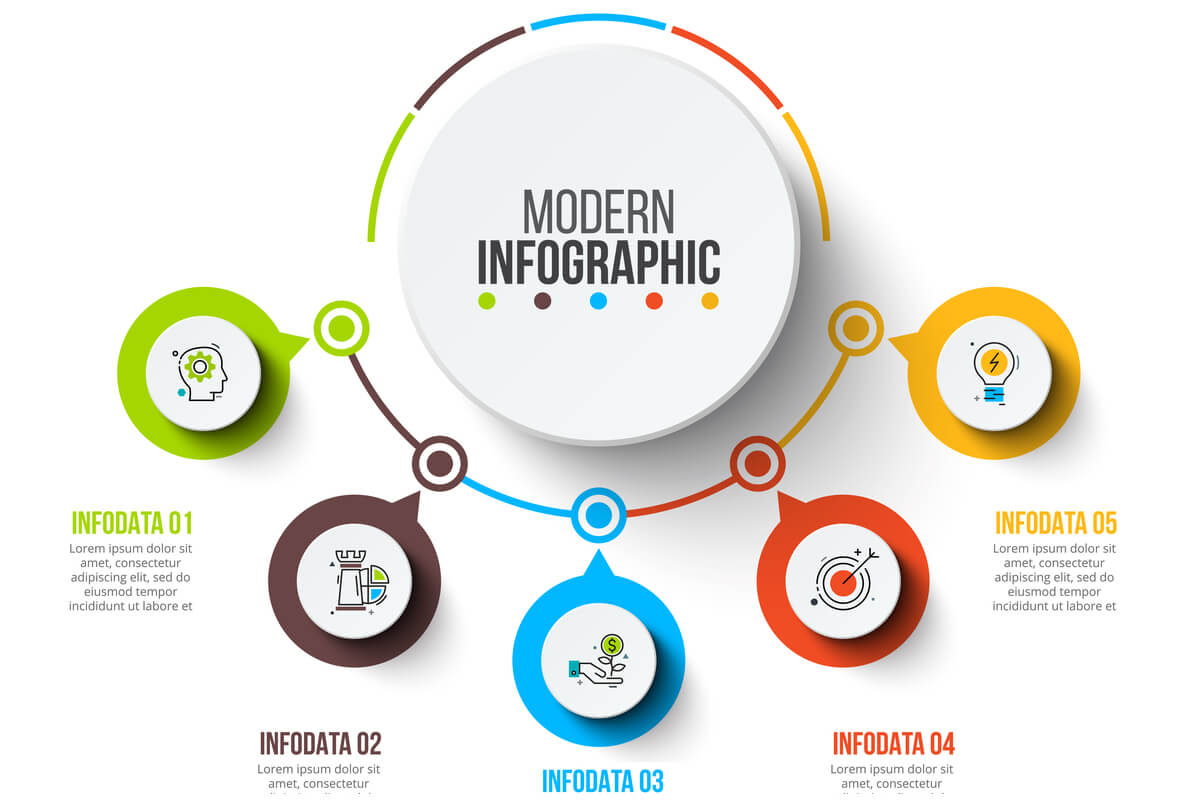

And with the sheer quantity and variety–from sources of data and models to tools that create them (including our personal favorite, piktochart), you can almost certainly find something to use in your classroom that’s not too pricey, that works for your grade level, and that isn’t blacked by your district’s incredibly frustrating filter.Įd note: The original list has somehow become corrupted, so we’ve substituted the following list–only 36 tools, but the best of the bunch–visually, pikotchart, easely, etc.–are still here. There are tons of options out there for creating your own custom infographics, like an infographic creator, but we recommend using Vectornator With a pre-made infographic template, you can create an infographic in minutes simply plug in the information and customize. Canva tiene muchas opciones para añadir gráficos, texto, diseños, imágenes y mucho más. So if you want to try to make infographics–or better yet have students make them–where do you start? The 46 tools below, curated by Faisal Khan, are a good place to start. Canva es un potente creador de infografías online que tiene una de las mejores interfaces web que puede tener una herramienta online.

It’s curious they haven’t really “caught on” in schools considering how well they bridge both the old-form textbook habit of cramming tons of information into a small space, while also neatly overlapping with the dynamic and digital world.

The learning application for them is clear, with many academic standards–including the Common Core standards–requiring teachers to use a variety of media forms, charts, and other data for both information reading as well as general fluency.


 0 kommentar(er)
0 kommentar(er)
